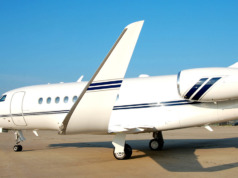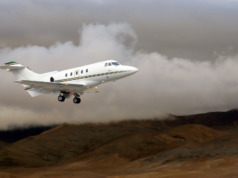In the past two years, the problem of pilot and technician retention in the business aviation industry has become more acute, as the Boomer Generation continues to retire (See: “Pay Attention to Retention,” BAA Jan/Feb 2018).
The airlines continue to hire aggressively to fill the gap, and their personnel acquisition tactics continue to create vacancies in business aviation organizations. Those vacancies generate churn, as illustrated by these independent research results, which showed that in the three-year period between 2015 and 2018:
- 63% of the operators surveyed had lost at least one pilot to a position elsewhere, and 29% of the pilot workforce changed jobs, and
- 33% of operators surveyed had lost at least one technician to a position elsewhere, and 22% of the technician force changed jobs.
Personnel retention is a multifaceted issue that can be likened to a three-legged stool, which will topple if any one of the three legs are either absent or not given equal emphasis.
Quality of life is about predictability – that is, can an employee plan to be somewhere on a specific date, at a particular time, and not have his or her job interfere? Compensation is relatively straightforward: is the employee paid fairly? Individual value can be summed up easily. Does the employee enjoy coming to work? Does he or she like the job?
The 2017 research revealed that “quality of life” was the number one reason why business aviation pilots were considering leaving their jobs for the airlines. The 2018 research showed that compensation was the number one reason given by pilots or technicians for a job change. In 2019, the focus was on the role of leadership in creating an organization culture wherein employees felt valued and enjoyed coming to work. The results were not surprising.
Surveys sent to almost 23,000 recipients generated just more than 1,000 usable responses (a sufficient response rate to be generalizable). Where the elements of personnel retention were concerned, respondents ranked them as follows:
- Quality of Life
- Compensation
- Benefits
- Leadership Actions/Attributes
- Organizational Culture
- Individual Value/Morale, and
- Opportunities for Advancement.
While most respondents indicated they were not considering a departure from their current organization, both leaders and followers agreed that if they were thinking about leaving, the quality of leadership in the organization would be a factor in their decision. They also strongly agreed that the action and attributes of leadership have a direct effect on personnel retention.
When respondents were asked which leadership attributes were most important to them, both leaders and followers agreed on the top five attributes:
- Integrity – They can trust what my leader says
- Leading By Example – The leader sets the example through his/her actions
- Communication – Leaders keep their personnel informed
- Empowerment – Leaders give their people the resources to do their jobs and trust them to do it, and
- Credibility – Leaders know what they are doing.
Finally and most importantly, leaders and followers were divided on the questions of whether department leadership manifested the traits they considered most important, with leaders more in agreement than followers. Leaders and followers also were divided on their satisfaction with the department leadership, with the leaders more satisfied than the followers. Additionally, followers’ consideration about leaving or staying with their organization correlated strongly with their satisfaction with their leadership, and how they perceived they were valued as individuals.
As a business aircraft owner, what do these data mean for you?
While the quality of life and compensation you offer your personnel is important, it is the quality of the leadership of your aviation department that will have the greatest impact on whether your personnel stay with you or seek a job elsewhere. BAA
Christopher Broyhill, PhD, CAM is the Founder and President of Citadel Consulting LLC. His proprietary survey data are used here, and he is the author of Business Aviation Leadership: From the Traits to the Trenches.





